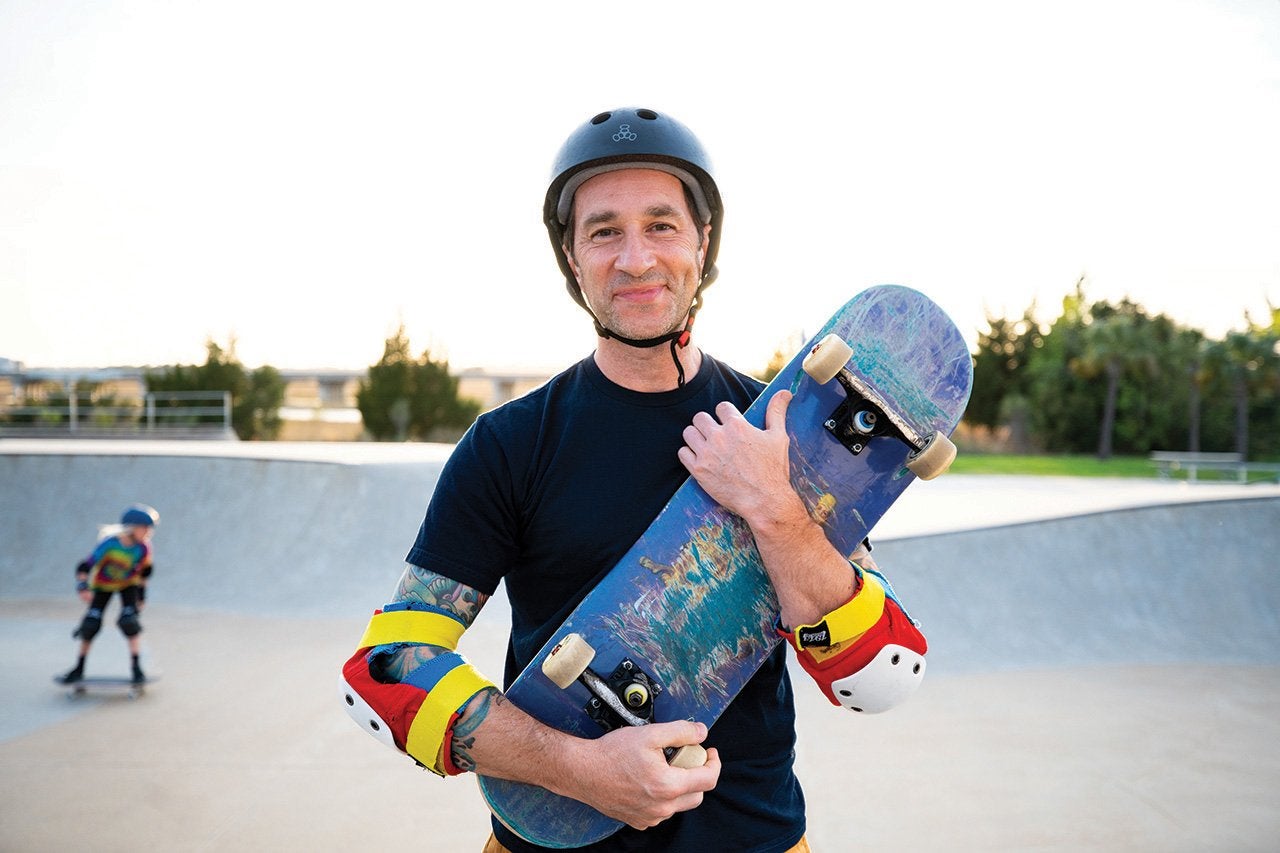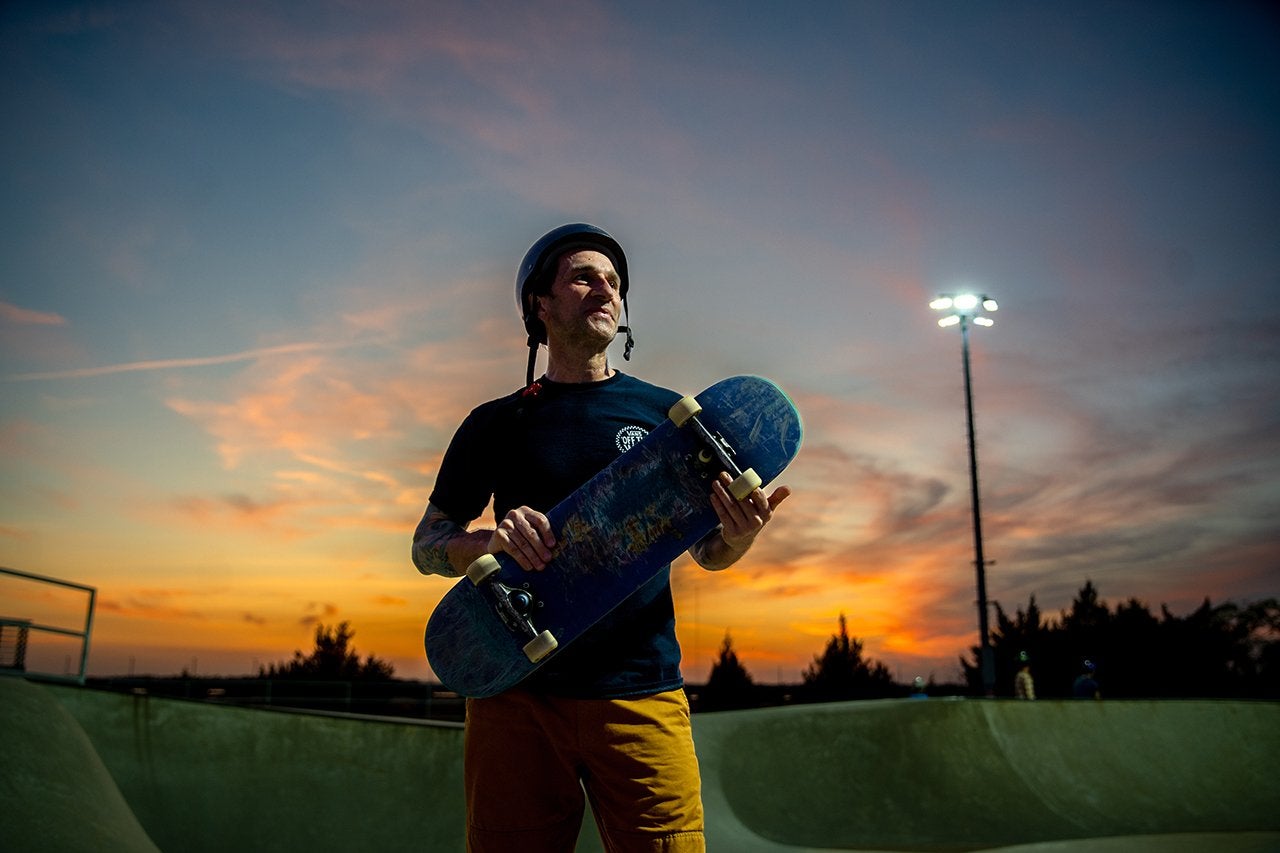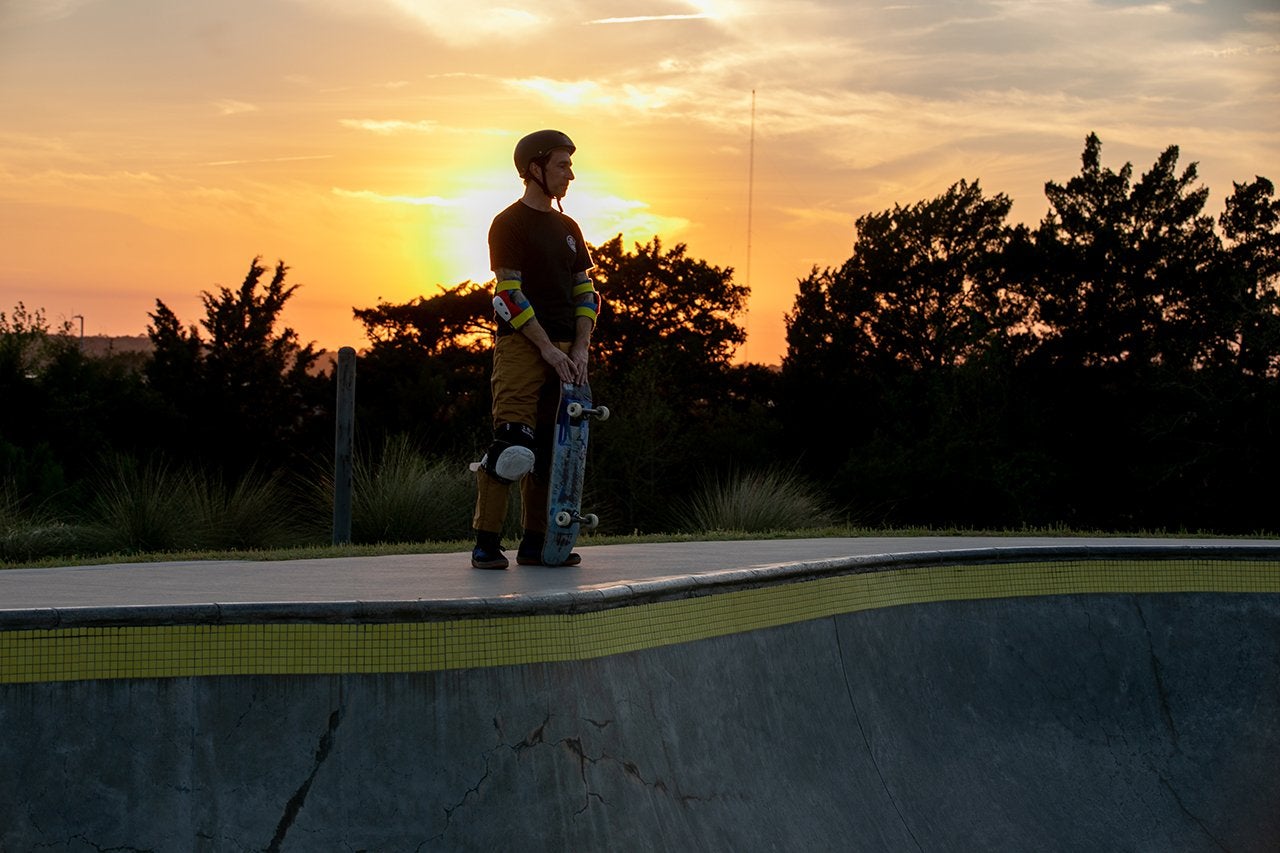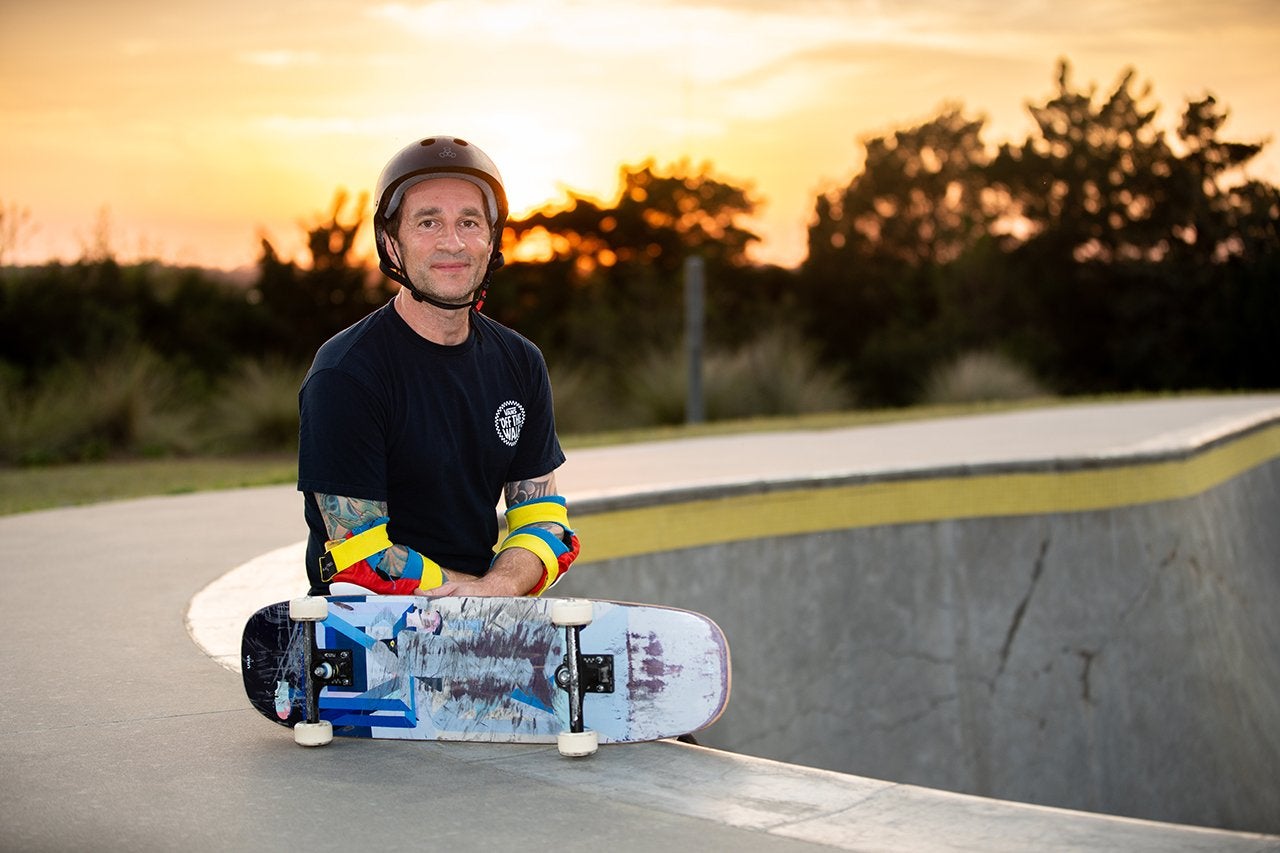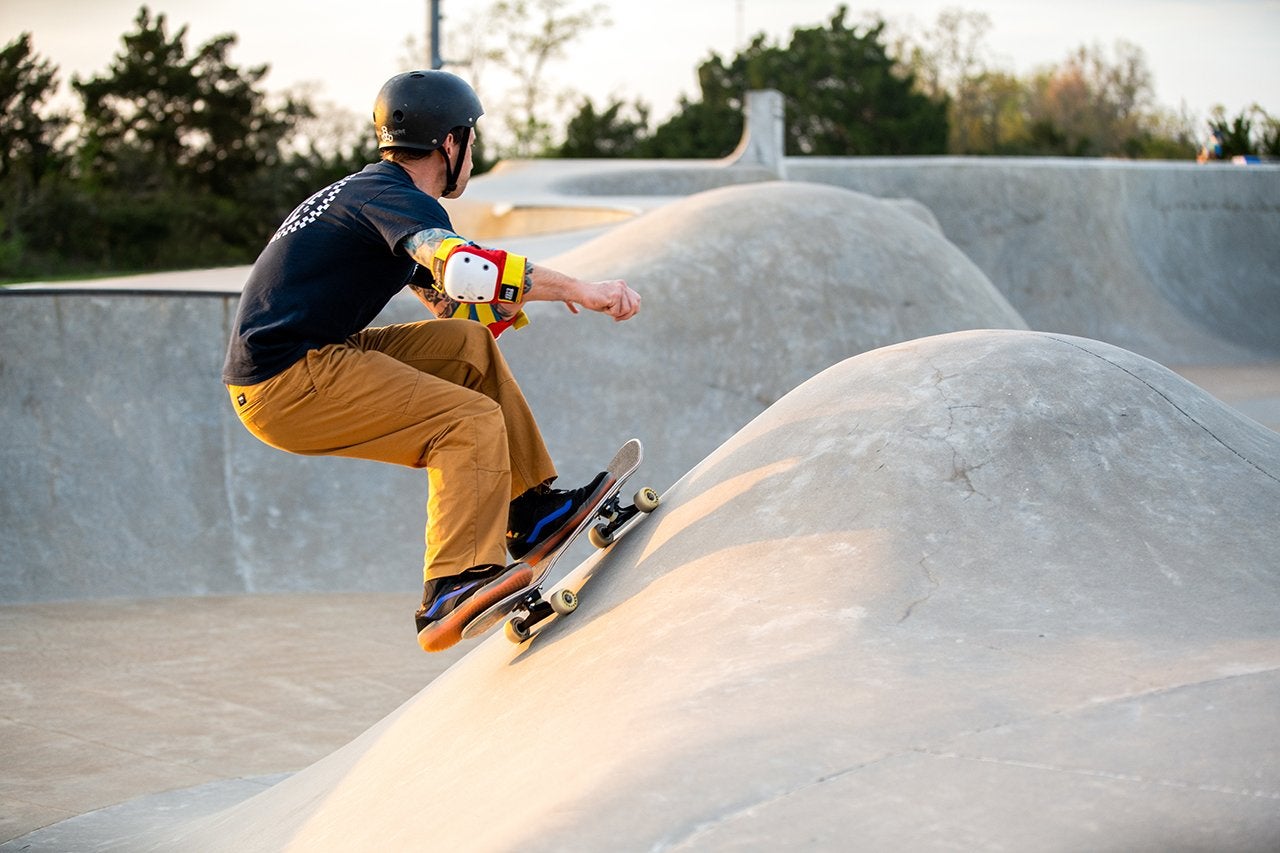There are so many ways to see the world – so many perspectives to consider. That’s why Renaud Geslain likes to keep his point of view fresh, to understand things from different vantage points. Because, when you do, you begin to see a whole new realm of possibility.
It’s one reason he loves molecular biology – looking through different lenses to discover what can’t otherwise be seen. It’s one reason he loves teaching a wide range of students, too – from the first-year students in his intro-level classes to the seniors in his molecular biology courses.
“I like learning their different perspectives and adapting the message,” says the assistant professor of biology, noting that he especially enjoys co-teaching courses with faculty from other disciplines because it adds yet another angle to the mix. “This gives students more options, so they can connect to the material in a way that matters to them.”
But perhaps even more fun is opening up his own field of vision, especially while he’s suspended above the ground, connected only to a skateboard.
“Someone once said that skateboarding is a way of seeing the world, which is true,” says Geslain, who grew up skating the sidewalks of his hometown of Strasbourg, France, and now has such a large collection of skateboards, they’ve spilled over into his lab. “When you’re not skating or not doing anything fun up in the air, you’re stuck to the ground – the world is 2D. But when you are, this is exciting because then you open up a different dimension. You look at the world around you, and you think, I could jump over that. The world around you becomes a playground.”
If the world is Geslain’s playground, his skin is his canvas: He has so many tattoos at this point, “the game now is connecting them all together, so ultimately, it’s going to be just one.”
For Geslain, getting inked is about the process – seeing how the artist brings his vision to life.
“You start with an outline, and then the colors start to show up, and then you see the drawing popping, and then suddenly, you see a work of art,” he says. “It’s fascinating to watch an artist work. Nobody has the patience just to sit around and watch an artist for hours. But since you’re the canvas, you’re still there. You see art as it forms.”
Geslain takes an artistic point of view in his classes, too – engaging his students from a visual standpoint.
“I cater to the visual learner – we draw and color a lot,” he says, explaining that he provides his students with notes, freeing their hands up for drawing as they listen. Since COVID, he has also shifted his teaching away from textbooks, developing classes from journals like Science and Nature. “This keeps the material fresh and new. It’s just a different way of teaching, and I’m happy with that.”
Indeed, for now at least, the view is pretty great from where he is.

